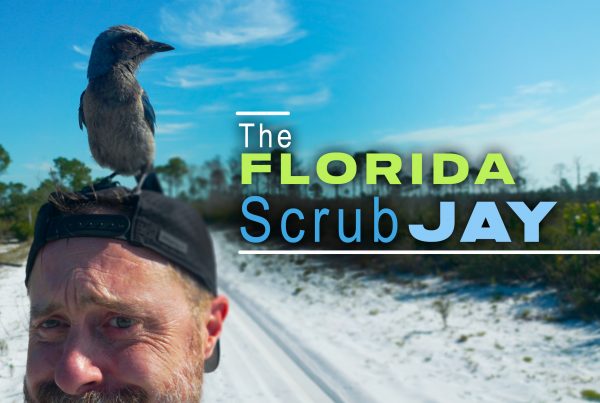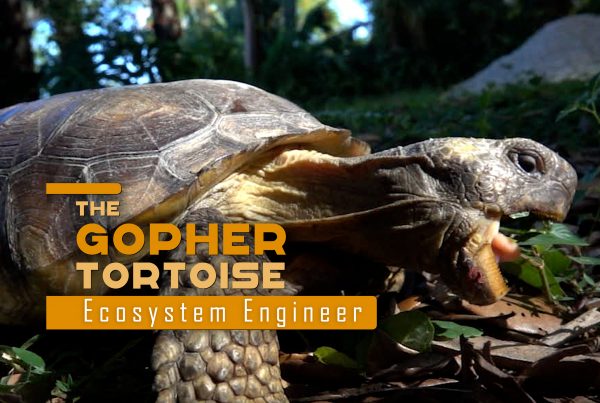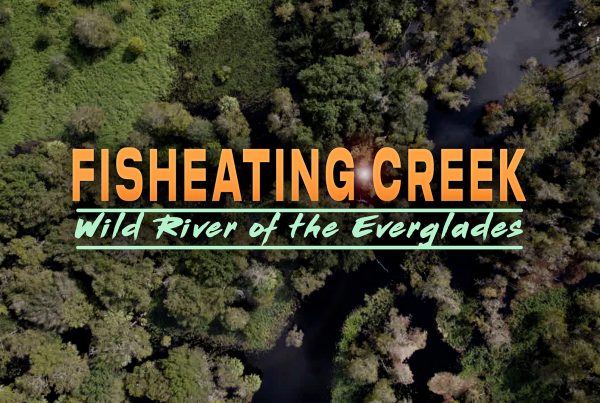Metamorphosis is an incredible, mysterious process, and it happens in nature everyday…even in your own back yard!
Zebra longwing butterflies are one of the few species of butterflies that can eat and digest pollen. Most butterflies only sip nectar. The additional nutrients contained in the pollen it eats may be one reason that adult zebra butterfly can live for several months. Most adult butterflies only have a lifespan of 2 to 4 weeks!
Most species of butterflies are pretty picky about the species of plants on which they lay their eggs and on which their caterpillars develop. Talk about why that might be, and how that is a good thing for the biodiversity of butterflies.
Metamorphosis: Life Cycle of the Zebra Butterfly
“Humans: we’re a very predictable species. When we’re born, we’re already equipped with the same parts we’ll have when we’re collecting social security. Our organs and systems, arms, legs, facial features will grow over time of course, but they all function pretty much the same whether we’re young or old. Take a look at one of your baby pictures and you’ll recognize yourself. Well that was scary (I’ll match cut my face with one of my old baby pictures).
But in some animals, particularly insects, we can observe a different pattern of development called metamorphosis. With metamorphosis, the life cycle is characterized by almost miraculous transformations of body form and function. Animals that go through this process jump from one stage to another that is radically different.”
Our story begins in my backyard, with a plant called the corky-stemmed passion vine. There are three kinds of butterflies in South Florida that rely on passion vines. Their caterpillars eat no other plant and a chemical in the leaves makes the butterflies taste pretty awful to predators. We recognize this vine by its corky stems, fancy, little flowers and fruits that ripen to the color and size of blueberries.
One fine day a female zebra longwing butterfly (genus heliconius- won’t include this in narration but will display scientific name in text overlay) lays her tiny eggs on a tender shoot of the vine. Three days later a tiny caterpillar begins working its jaws, trying to chew its way out of its chamber. And so, it does.
The little caterpillar is already hungry, and its egg shell is rich in nutritious protein. Nothing is wasted in this first, important meal. From there the caterpillar relies on its main food supply – the stems and leaves of the same passion vine on which its egg was laid.
Confined by an exoskeleton of tough chiton, as all insects are, the growth of the zebra larva is restricted. In a few days we are tipped off that important things are happening when the caterpillar grows strangely still. It is about to molt. This starts with powerful pulsations that loosen and crack its papery exoskeleton. Off comes the old skin with its dark spines. The cap over the head of the larva is hard to shake loose. It shows the difference in size between the old and new.
For a brief time, the new spines are pale and stubby. However, more pulsations soon push fluids into the spines. The caterpillar has worked up an appetite, but passion vine leaves are getting boring. How about some old exoskeleton. MMM. Again, nothing wasted.
As the caterpillar grows during its 14 days as a larva, it will molt several more times and it will grow from 1/8th inch to nearly an inch and a half. A final molt reveals a resting stage called a chrysalis. For twelve hours, the caterpillar hangs head down from a silken pad. Then it begins to pulsate, as the caterpillar begins the task of shedding its old exoskeleton.
For about a week, the chrysalis hangs quietly. Inside, its cells are rearranging into an entirely new creature. As a larva, it chewed leaves, had stubby legs, a long, soft body, no reproductive organs whatsoever and certainly no wings. But look at it now! The sensory organs of the adult zebra butterfly are highly developed, particularly its compound eyes. This insect will not chew anything, but rather it will sip nectar with its slender but complex proboscis. Soon the wings of the insect are fully expanded and ready for flight. At night it will roost communally with others of its kind.
If our butterfly had been a female, males would have paid a lot more attention to her chrysalis. Pheromones sent into the air would have attracted a host of suitors, in fact. There would have been fierce competition to find a way to hang on the chrysalis, even overnight. One of the males would have mated with the female immediately after hatching, even before her wings were unfurled. Soon she too would have begun laying eggs, and so the cycle of life continues.
“So, there we have it, the life cycle of a zebra longwing butterfly. Incredible, isn’t it! Butterflies, and many other insects like mosquitoes exhibit what we call “complete metamorphosis.” Complete metamorphosis is characterized by 4 stages of development. The egg, the larva, the pupa – which is called a chrysalis in the case of butterflies, and the fully-formed adult.
Some animals, however, develop through a similar process called “incomplete metamorphosis.” With incomplete Metamorphosis there are only three stages instead of four. In insects, the middle stage is called a nymph. The nymph lives an active life, and so in this type of metamorphosis, there is no resting stage. A good example of this is seen in the life cycle of the dragonfly. After hatching from its egg, it spends a good portion of its life as an aquatic nymph which looks nothing like the dragonfly we think of. And then one day, the nymph climbs out of the water, splits open and voila, out steps an adult dragonfly.
Metamorphosis, in all of its forms, is such an amazing process. It’s like magic….but it’s not, it’s biology. And as extraordinary as it is, this process plays out all around us, even in your own backyard. If you pay attention, nature is full of fascinating things that you just couldn’t make up if you tried!”




